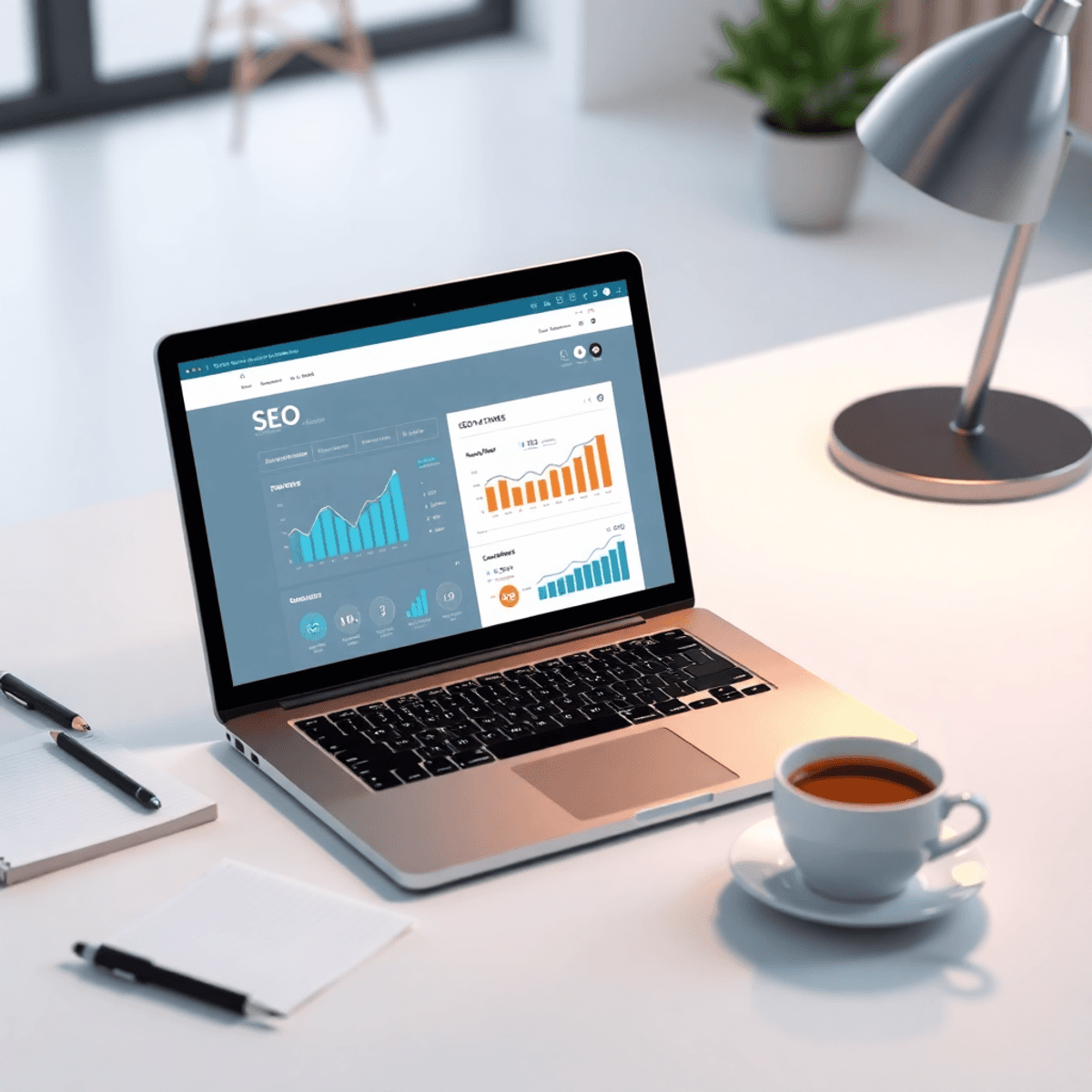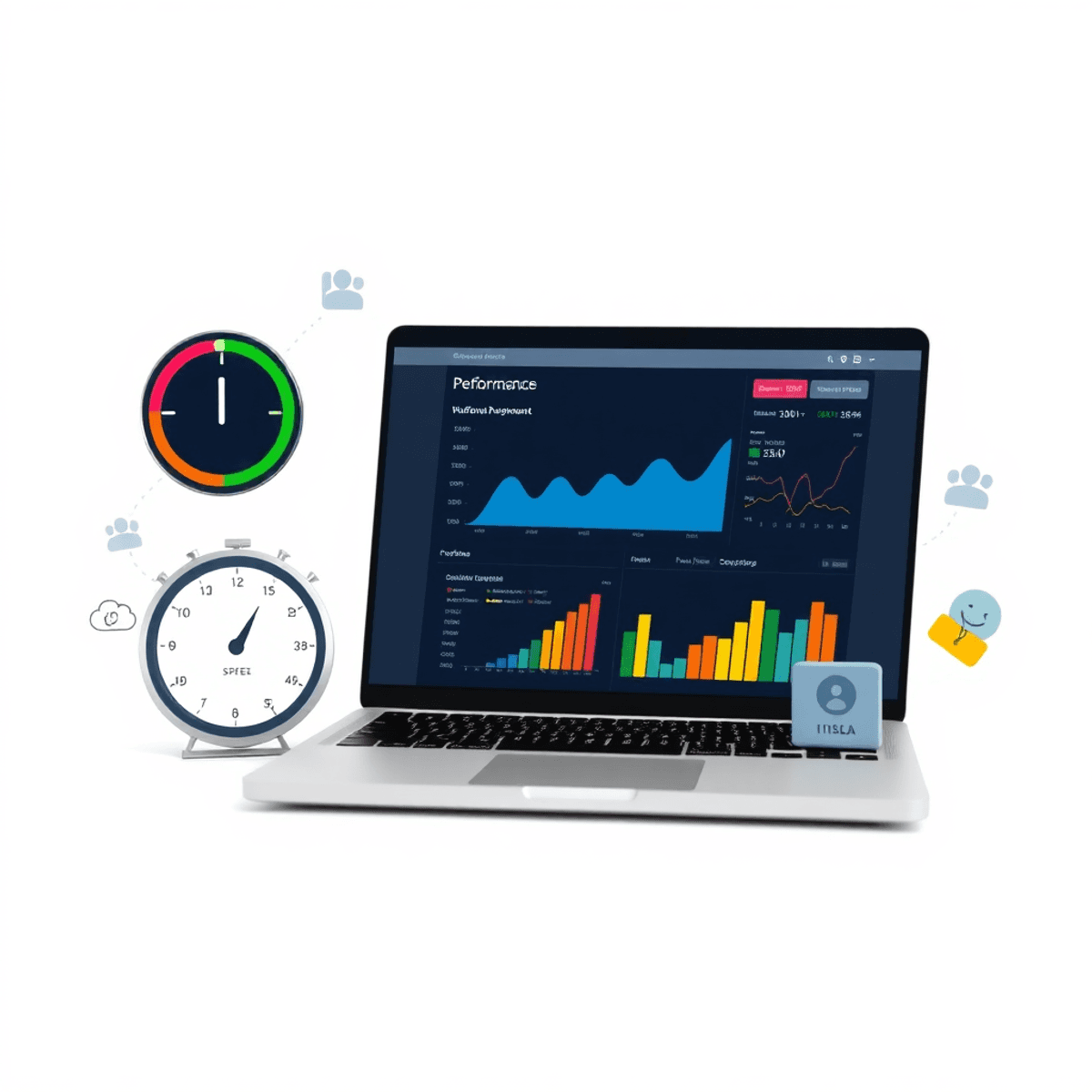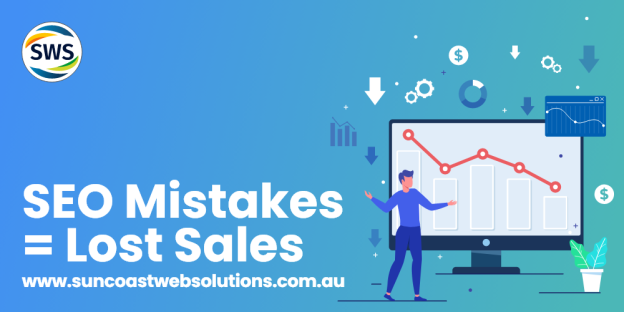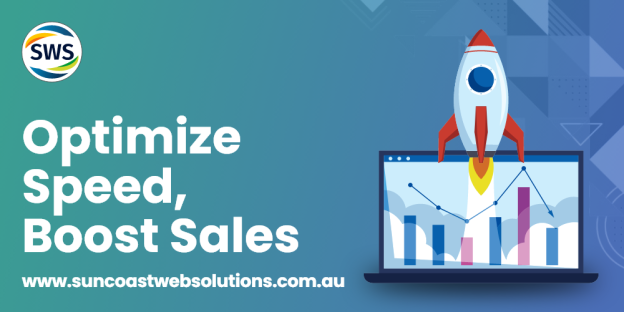How to Rank Higher on Google: 10 Proven Strategies

 7th Dec, 2024
7th Dec, 2024
Ranking higher on Google is crucial for any website aiming to increase visibility and attract organic traffic. A strong position on search engine results pages (SERPs) not only drives more visitors but also enhances credibility and authority.
Consider these key points:
- Higher rankings lead to increased clicks: Most users select one of the top three search results.
- Trustworthiness: Websites that appear at the top are often perceived as more reliable.
To achieve these goals, implement the following 10 proven strategies:
- Understand Search Intent
- Conduct Thorough Keyword Research for SEO Success
- Create High-Quality, Original Content That Satisfies User Intent
- Optimize On-Page Elements for Better Visibility on SERPs
- Ensure Your Website is Mobile-Friendly and Provides a Seamless User Experience Across Devices
- Regularly Monitor and Maintain Your Backlink Profile to Ensure Its Healthiness Over Time
- Optimize Core Web Vitals Metrics for Improved User Experience and Higher Rankings
- Leverage User Engagement Signals Like Dwell Time Through Interactive Content Formats Such as Videos and Infographics
- Utilize Outbound Links Effectively To Establish Credibility And Authority In Your Niche While Also Enhancing The Relevance Of Your Content For Both Users And Search Engines
- Adhere To E-A-T Principles Throughout Your Entire SEO Strategy To Build Trust With Both Users And Search Engines Alike
Implementing these strategies consistently can significantly improve your rankings on Google and help you gain more organic traffic.
1. Understand Search Intent

Understanding search intent is crucial for effectively ranking higher on Google. It refers to the underlying motivation behind a user’s query. By aligning your content with this intent, you can significantly enhance your chances of attracting organic search traffic.
Types of Search Intent
- Informational: Users seek answers to questions or general knowledge. Content like blog posts, how-to guides, and tutorials serve this intent well.
- Transactional: This type signifies a user ready to make a purchase. Product pages and reviews are ideal for capturing this intent.
- Navigational: Users are looking for a specific website or page. Clear branding and optimized site navigation help satisfy this need.
Benefits of Aligning Content with User Intent
- Improves rankings on search engine results pages (SERPs).
- Increases user engagement by delivering relevant information.
- Reduces bounce rates as users find what they are looking for more efficiently.
By focusing on how to get higher on Google search, you need to prioritize understanding these types of intents. Crafting content that meets user expectations will not only enhance satisfaction but also lead to improved visibility online.
2. Conduct Thorough Keyword Research for SEO Success

Keyword research is a fundamental step in any successful SEO strategy. It helps you identify the terms and phrases that potential visitors use to find information relevant to your content or offerings. Understanding these keywords allows you to tailor your content effectively.
Importance of Keyword Research in SEO
- Target Audience Insights: Knowing what keywords your audience uses provides insight into their needs and preferences.
- Traffic Potential: Selecting the right keywords can significantly increase organic traffic to your site.
Tools for Effective Keyword Research
- Semrush: A powerful tool that offers comprehensive keyword analysis, including search volume and difficulty scores.
- Google Keyword Planner: Free tool ideal for discovering keyword ideas and their performance metrics.
Strategies to Identify High-Volume, Low-Competition Keywords
- Long-Tail Keywords: Focus on longer, more specific phrases that often have less competition.
- Competitor Analysis: Use tools like Semrush to analyze which keywords competitors rank for and identify gaps you can exploit.
- Search Trends: Regularly check Google Trends to discover emerging keywords related to your niche.
By conducting thorough keyword research, you can ensure your content is aligned with what users are actively searching for, setting the stage for improved rankings.
3. Create High-Quality, Original Content That Satisfies User Intent

Creating quality content is essential for ranking higher on Google and driving more organic traffic. Key characteristics of high-quality content include:
- Relevance: Content must directly address user queries and needs.
- Depth: Comprehensive coverage of topics fosters engagement and longer dwell times.
- Clarity: Clear language enhances understanding, ensuring users find value quickly.
Originality is paramount in your content strategy. Unique perspectives not only set you apart from competitors but also build trust with your audience. By focusing on originality, you demonstrate expertise and authority in your niche.
Consider implementing content clusters to enhance authority and improve content quality. This involves:
- Core Topic Creation: Identify a central theme relevant to your audience.
- Subtopic Development: Produce supporting articles that link back to the core topic, creating a network of related content.
- Internal Linking: Utilize links between cluster articles to guide readers and improve navigation.
By aligning your content strategy with these principles, you increase the likelihood of satisfying user intent while improving your visibility on search engine results pages (SERPs).
4. Optimize On-Page Elements for Better Visibility on Search Engine Results Pages (SERPs)

On-page SEO optimization plays a crucial role in improving your site’s rankings. Focusing on key elements ensures that search engines recognize the relevance and quality of your content. Consider these essential components:
1. Titles
Craft compelling, keyword-rich titles that accurately reflect the content of your page. Aim for a length of 50-60 characters to ensure complete visibility in SERPs.
2. Headings
Utilize headings (H1, H2, H3) strategically to structure your content. The H1 tag should include your primary keyword and clearly define the topic. Use H2s and H3s for subtopics, enhancing readability and organization.
3. URLs
Create clean, descriptive URLs that incorporate relevant keywords. Avoid complex strings of numbers or irrelevant words. A well-structured URL not only helps users but also aids search engines in understanding page context.
4. Meta Descriptions
Write engaging meta descriptions that summarize the content while incorporating target keywords. This snippet appears in SERPs and can significantly influence click-through rates.
By focusing on these elements, you enhance both user experience and search engine friendliness. This optimization sets a strong foundation for your site’s visibility, paving the way for higher rankings on Google search results pages.
5. Ensure Your Website is Mobile-Friendly and Provides a Seamless User Experience Across Devices

The importance of mobile optimization cannot be emphasized enough in today’s online world. With more people using mobile devices, Google now gives priority to mobile-friendly designs in its search rankings. A website that can adjust to different screen sizes not only improves the user experience but also increases traffic for a website.
Key points to consider:
- Responsive Design: Implementing a responsive design ensures your site automatically adjusts to the device being used. This provides a consistent experience whether viewed on a smartphone, tablet, or desktop.
- Loading Speed: Mobile users expect quick access to information. Slow loading times can lead to higher bounce rates, negatively impacting your SEO rankings.
Testing mobile responsiveness is crucial. Use Google’s Mobile-Friendly Test tool to evaluate your site’s compatibility. This tool provides insights into how well your pages perform on mobile devices and suggests improvements.
By effectively implementing these strategies, you will improve the user experience and increase web traffic for your website. Making mobile optimization a priority will result in better engagement and retention of visitors, which will signal to search engines that your content is valuable and relevant.
7. Regularly Monitor and Maintain Your Backlink Profile to Ensure Its Healthiness Over Time

Maintaining a healthy backlink profile is crucial for your website’s authority and search rankings. Backlinks from reputable sites signal to Google that your content is valuable. To ensure your profile remains strong, consider the following strategies:
- Conduct Regular Backlink Audits: Use tools like Ahrefs or SEMrush to analyze your backlinks. Check for any links from low-quality or spammy sites that could harm your site’s reputation.
- Identify Toxic Links: Pay attention to backlinks with a low Domain Authority or those from unrelated niches. These links can negatively impact your SEO efforts.
- Remove or Disavow Spammy Links: Reach out to webmasters to request link removals where possible. For links you cannot remove, use Google’s Disavow Tool to inform them that you do not endorse these connections.
Regular monitoring ensures that you maintain a healthy backlink profile, which is essential for ranking higher on Google and getting more organic traffic. Prioritizing this aspect of SEO can significantly enhance your site’s credibility in the eyes of search engines and users alike.
9. Optimize Core Web Vitals Metrics for Improved User Experience and Higher Rankings

Core Web Vitals are a set of metrics that measure the real-world experience users have on your website. These metrics focus on three key areas:
- Largest Contentful Paint (LCP): Measures loading performance. Aim for an LCP of 2.5 seconds or less to ensure fast loading times.
- First Input Delay (FID): Assesses interactivity. A good FID should be under 100 milliseconds, allowing users to interact quickly.
- Cumulative Layout Shift (CLS): Evaluates visual stability. Strive for a CLS score of less than 0.1 to prevent unexpected layout shifts.
Improving Core Web Vitals involves several strategies:
- Optimize Images: Compress images and utilize next-gen formats like WebP to enhance loading speed.
- Minimize JavaScript: Reduce the impact of JavaScript on performance by deferring non-critical scripts.
- Utilize a Content Delivery Network (CDN): Distribute content closer to users, decreasing load times.
Regularly monitor these metrics using tools such as Google PageSpeed Insights or Lighthouse. Addressing Core Web Vitals considerations significantly enhances user experience, encouraging longer visits and lower bounce rates, which are favorable for rankings on search engine results pages (SERPs).
10. Use User Engagement Signals Like Dwell Time Through Interactive Content Formats Such as Videos and Infographics

User engagement techniques are crucial for improving your website’s ranking on Google. One effective way to increase user engagement is by using interactive content formats like videos and infographics. These formats not only grab attention but also encourage visitors to spend more time on your pages, which is known as dwell time—a key ranking factor for search engines.
Benefits of Using Interactive Content:
- Visual Appeal: Infographics present complex information in a simple and easy-to-understand format, making them visually appealing and attracting viewers’ interest.
- Engagement: Videos have been proven to significantly increase engagement rates. They can explain concepts more effectively, making users more likely to share the content.
- Retention: Interactive elements keep users engaged for a longer period of time, reducing bounce rates and signaling value to search engines.
Best Practices:
- Include Calls-to-Action: Encourage users to explore further or engage with additional content.
- Optimize for SEO: Use relevant keywords in video titles, descriptions, and tags.
- Mobile Optimization: Ensure that videos and infographics are accessible on all devices for a seamless user experience.
By incorporating these engaging formats into your content strategy, you can foster greater user interaction while improving your site’s visibility on search engine results pages (SERPs). Prioritizing user engagement techniques can lead to sustainable growth in organic traffic and ultimately enhance your online presence.
Use Outbound Links Effectively To Establish Credibility And Authority In Your Niche While Also Enhancing The Relevance Of Your Content For Both Users And Search Engines
Outbound links are important for improving your website’s credibility and authority. When you link to reputable sources, you show both users and search engines that your content is well-researched and trustworthy. Here’s how to effectively use outbound links:
- Choose High-Quality Sources: Link to authoritative websites, such as academic journals, industry leaders, or well-known publications. This boosts your credibility.
- Enhance User Experience: Outbound links can provide additional value by leading readers to further information. This not only satisfies user intent but also encourages longer dwell times on your site.
- Improve SEO Rankings: Google considers the quality of your outbound links when ranking pages. Relevant links contribute positively to your SEO efforts.
- Diversify Your Strategy: Mix different types of links—statistics, case studies, expert opinions—to enrich your content variety.
Using outbound links is an essential step in how to rank higher on Google and get more organic traffic. By strategically linking to valuable resources, you create a more informative and engaging experience for your audience while simultaneously boosting your site’s authority in the eyes of search engines.
Use E-A-T Principles in Your SEO Strategy To Build Trust With Users And Search Engines
E-A-T principles—Expertise, Authoritativeness, Trustworthiness—are essential for ranking higher on Google and getting more organic traffic. Implementing these principles can significantly enhance your website’s credibility. Here’s how to integrate E-A-T into your SEO strategy:
1. Showcase Your Expertise
Showcase your knowledge in your field. This can be achieved by:
- Including author bios with credentials.
- Providing well-researched and detailed content that addresses user queries.
2. Establish Authoritativeness
Establish your site as an authority by:
- Citing reputable sources and linking to them.
- Engaging in guest posting on authoritative websites within your niche.
3. Build Trustworthiness
Build trust with users through:
- Clear contact information and a professional website design.
- Transparency about data usage and privacy policies.
Regularly updating content with accurate information enhances both user trust and search engine rankings. Focus on creating valuable resources that genuinely help users solve their problems. By adhering to E-A-T principles throughout your entire SEO strategy, you can foster a robust online presence that attracts both users and search engines alike.
FAQs (Frequently Asked Questions)
What is search intent and why is it important for SEO?
Search intent refers to the purpose behind a user’s query when they search online. Understanding search intent is crucial for ranking higher on Google because aligning your content with what users are looking for improves your chances of satisfying their needs, leading to better rankings and increased organic traffic.
How can I conduct effective keyword research for my website?
Effective keyword research involves identifying low-difficulty keywords that have high search volume but low competition. Tools like Semrush can help you analyze keywords, while strategies such as focusing on long-tail keywords can enhance your chances of ranking higher in search results.
What are the characteristics of high-quality content?
High-quality content that ranks well typically includes originality, relevance, and thoroughness. It should satisfy user intent and provide valuable information. Creating content clusters can also enhance your site’s authority by linking related topics together.
What are some key on-page SEO elements I should optimize?
Key on-page SEO elements include titles, headings, URLs, and meta descriptions. Paying attention to these elements ensures that your pages are optimized for better visibility on Search Engine Results Pages (SERPs), making it easier for users to find your content.
Why is mobile optimization important for my website’s SEO?
Mobile optimization is essential because a significant portion of web traffic comes from mobile devices. A mobile-friendly design not only enhances user experience but also positively impacts your SEO rankings, as search engines prioritize sites that perform well on mobile.
How do E-A-T principles affect my SEO strategy?
E-A-T stands for Expertise, Authoritativeness, and Trustworthiness. Adhering to these principles throughout your SEO strategy helps build trust with both users and search engines. This can improve your site’s credibility and ultimately lead to higher rankings and more organic traffic.
we are your one-stop internet marketing solution on the sunshine coast!

 07 5479 3888
07 5479 3888









